Mining in Andalucia
Seville's Sierra Morena: Centuries of Mining History from Roman Iron to British Companies
Seville's mining history, from ancient Roman iron mines to the 20th century operations, illustrates the mineral wealth of the region. Cerro del Hierro and other sites offer a glimpse into the industrial past and the impact of mining on the landscape.
By Nick Nutter on 2025-03-12 | Last Updated 2025-05-18 | Mining in Andalucia
This article has been visited 1,022 times

Cerro del Hierro, Seville province
Seville Mining: Sierra Morena, Cerro del Hierro & Historic Mineral Sites
The Sierra Morena mountains, stretching across northern Seville province, have been a bonanza of metallic minerals for millennia. From prehistoric times to the 20th century, the region's rich deposits have attracted miners and industrialists alike.
Do you enjoy my articles? For your reading pleasure, this website does not carry third party ads. You could help me write more articles by buying me a cup of coffee.
The Mineral-Rich Sierra Morena
The Sierra Morena range, extending 450 kilometres, is rich in metallic minerals, including copper, silver, gold, nickel, and iron. The pyrite belt, running through the region, has been a significant source of these resources.
British Mining Companies in Seville
In the 19th and early 20th centuries, about fifteen British companies registered to exploit the metallic ores in Seville province, highlighting the region's industrial potential.
Notable Mining Areas
The Sierra Norte region, known for silver, lead, and copper, and the Villanueva del Rio y Minas region, a source of coal since the 17th century, are prominent mining areas.
Silver at Guadalcanal
Guadalcanal, with its Pozo Rico silver mine, was a thriving mining centre. This 16th-century mine was one of Europe's most important silver mines.
Villanueva's Coal Mines
Villanueva del Rio y Minas features the Minas de la Reunión coal mine, a striking landmark with its castle-like headframe.
Cerro del Hierro: A Historic Iron Mine
The history of mining in Seville province begins with Cerro del Hierro (Hill of Iron), near San Nicolas del Puerto.
Centuries of Iron Mining
Iron ore has been mined at Cerro del Hierro for two thousand years, leaving huge open pits and glittering limestone buttresses. Mining began before the Romans and continued until the mid-20th century.
Transition to British and Spanish Ownership
Operated by Spanish companies until 1893, Cerro del Hierro was taken over by William Baird and Company Ltd. After 1895, ore was transported by rail to Seville.
From Mining to Museum
Mining ceased during the Spanish Civil War and resumed after World War II under Spanish ownership. By the 1980s, barites mining ended. In 2000, the Junta de Andalucia acquired the site, turning it into an open-air museum and climbing destination.
A Legacy of Mining in Seville
Seville's mining history, from ancient Roman iron mines to 20th-century operations, showcases the region's mineral wealth. Cerro del Hierro and other sites offer a glimpse into the industrial past and the impact of mining on the landscape.
Enjoying This Sample?
To read the full story of Mining in Seville province.
My book, 'Mining in Andalucia: Emphasising the Involvement of British Companies during the 19th and 20th Centuries; is now available as a fully illustrated, colour, paperback from Amazon, as a downloadable ebook from Kindle and Free to Read on Kindle.
Do you enjoy my articles? For your reading pleasure, this website does not carry third party ads. You could help me write more articles by buying me a cup of coffee.

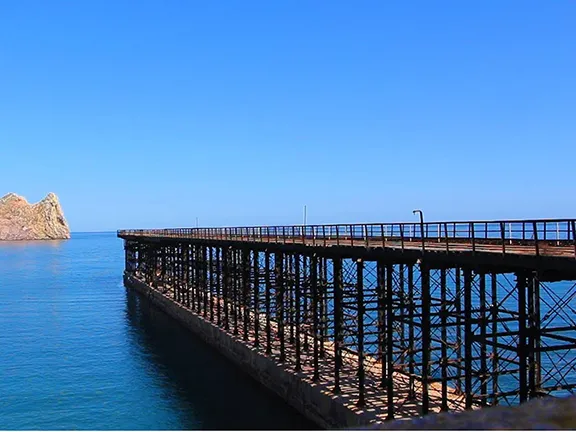 1: Geology of Andalucia
1: Geology of Andalucia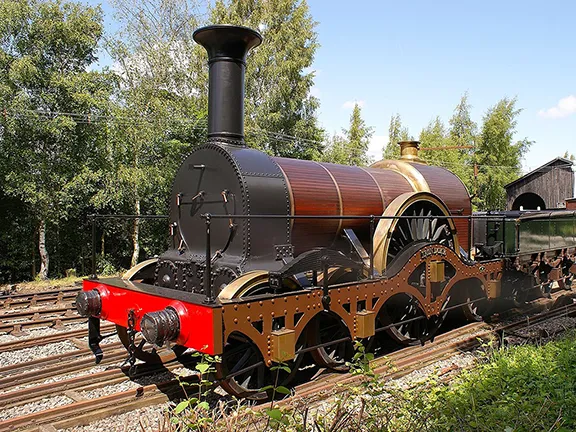 2: Industrial Revolution
2: Industrial Revolution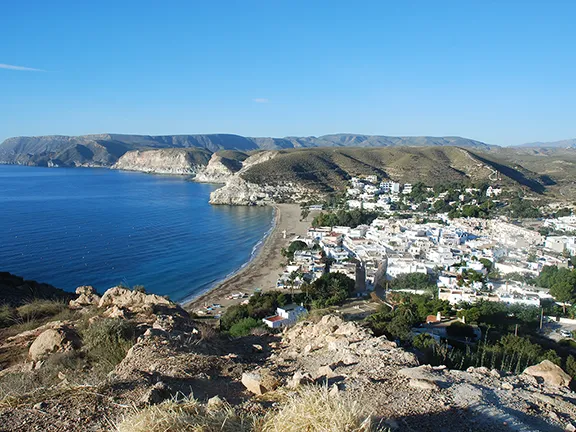 3: Mining in Almeria
3: Mining in Almeria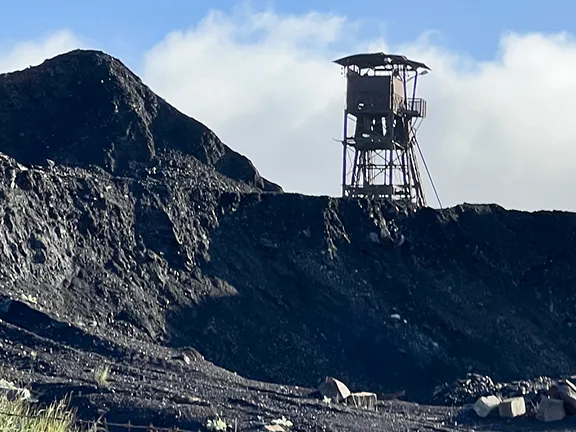 4: Mining in Cordoba
4: Mining in Cordoba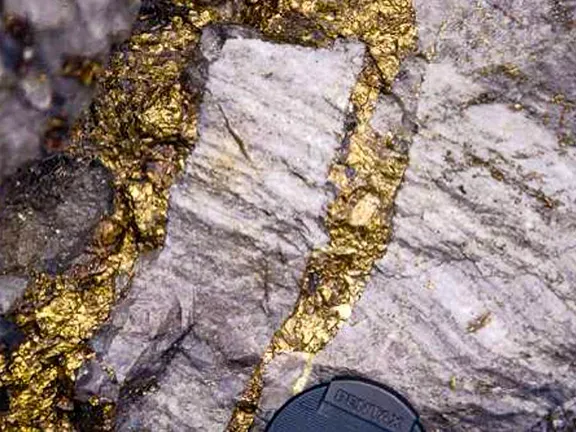 5: Mining in Granada
5: Mining in Granada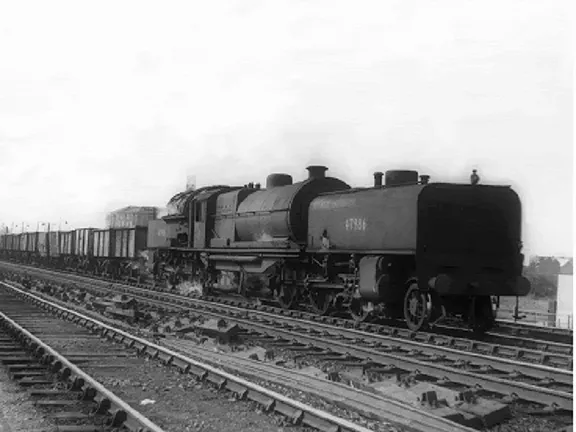 6: Mining in Huelva
6: Mining in Huelva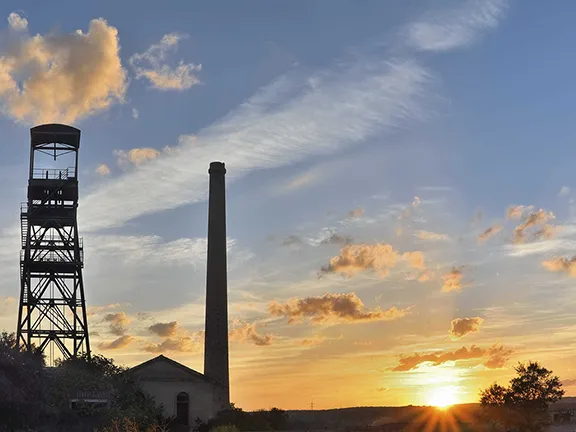 7: Mining in Jaen
7: Mining in Jaen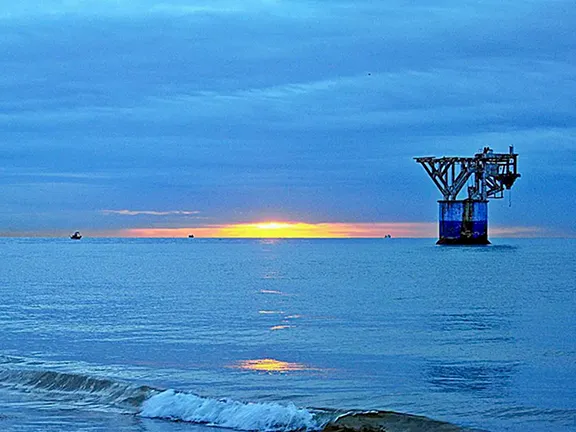 8: Mining in Malaga
8: Mining in Malaga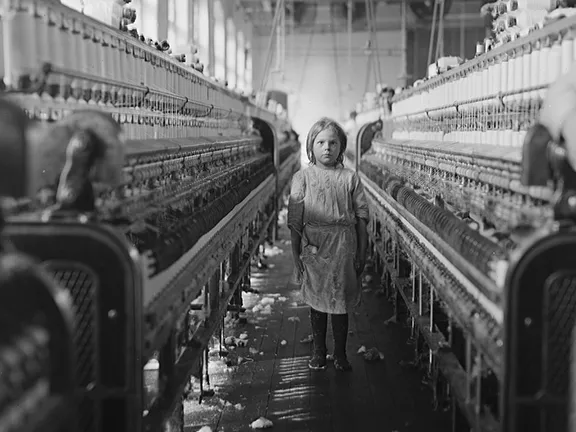 10: End of British Mining in Andalucia
10: End of British Mining in Andalucia